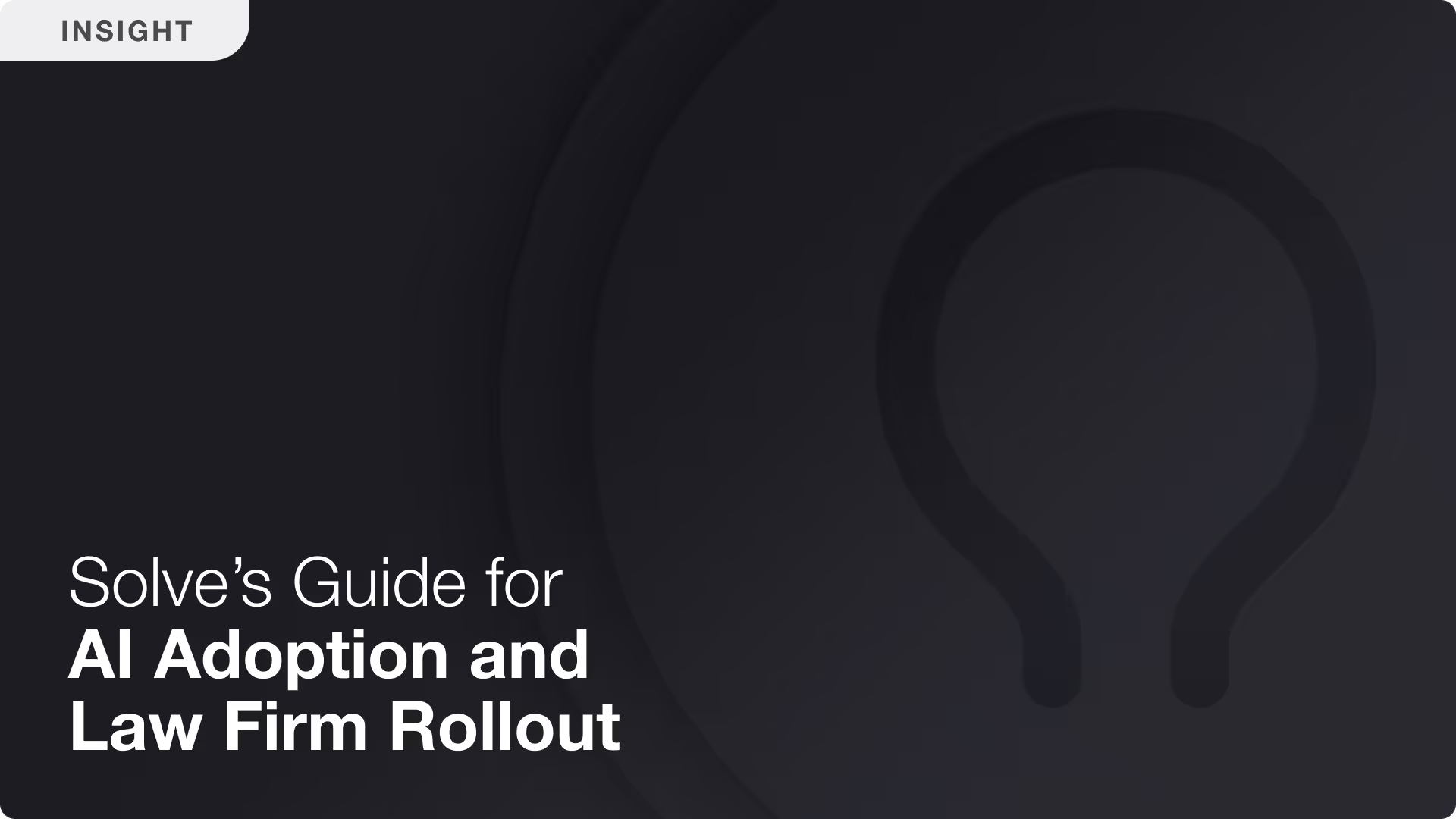Navigating Objections to AI in IP - Patent Drafting
Artificial Intelligence (AI) is reshaping industries worldwide, and the field of intellectual property (IP) is no exception. AI’s new role in patent drafting has sparked both excitement and skepticism. Understanding and addressing common objections is key to fostering confidence in AI solutions for patent drafting.

Common Objections to Using AI in Patent Drafting
Despite its potential, AI in patent drafting faces resistance. Below are some of the most common objections:
- Accuracy Concerns: Some people fear that AI lacks the precision needed for patent drafting, where small errors can have significant legal consequences. In particular, some people are concerned about the risks of 'hallucinations', wherein the AI output goes beyond that intended from a user's original instructions.
- Quality Comparisons: Skeptics argue that AI-generated drafts cannot match the quality of those prepared by experienced patent attorneys.
- Confidentiality Issues: IP often involves sensitive information, such as new invention disclosures, and some worry about data security and confidentiality when using AI tools.
- Resistance to Change: The patent industry, traditionally conservative, can be slow to adopt new technologies.
Addressing Concerns About Accuracy and Quality
Accuracy and quality are paramount in patent drafting. To address these concerns:
- AI as an Assistant, Not a Replacement: AI tools are designed to assist patent professionals, not replace them. They streamline repetitive tasks while allowing attorneys to focus on strategic and substantive work. AI should not negatively affect the accuracy and quality of a draft when used in this manner.
- Continuous Learning: AI models are continuously being improved over time, as are the AI tools specific to the patent industry. This leads to more accurate and contextually relevant outputs.
- Quality Assurance Features: Advanced AI tools include built-in checks for consistency, terminology alignment, and compliance with jurisdictional requirements. Such checks or reviews can be run at the completion of the draft to promote confidence of the overall tool.
- Case Studies and Results: Feedback has shown that using AI patent drafting tools can significantly reduce drafting time while maintaining or even improving quality. Attorneys that are able to articulate their successes from using AI encourage others to explore using AI themselves.
Handling Resistance to Change in the Patent Industry
Resistance to change is a natural response in industries with established practices. Here are ways to overcome it:
- Educating Stakeholders: Highlight the benefits of AI, such as efficiency and cost savings, to build trust.
- Demonstrating Value: Provide examples and case studies where AI has successfully complemented human expertise in patent drafting.
- Pilot Programs: Implementing AI tools on a trial basis allows firms to evaluate their impact before committing fully.
- Ongoing Support and Training: Ensuring that attorneys and staff are well-trained in using AI tools can ease the transition and maximise the benefits of using AI.
The Benefits of AI in Patent Drafting
While objections exist, the advantages of using AI in patent drafting cannot be overlooked:
- Efficiency Gains: AI can dramatically reduce the time spent in the drafting process by automating repetitive tasks and generating accurate and appropriate text for different sections of a patent application.
- Improved Consistency: Using AI, and reusing instructions or processes that work well within the AI tools, ensures consistency in terminology and formatting across documents and different applications.
- Broader Accessibility: AI makes patent drafting more accessible to smaller firms and individual practitioners who may not have extensive resources.
Examples of AI Applications in Patent Drafting
AI tools are already making waves in patent drafting by performing tasks such as:
- Patent Search and Drafting: Quickly identifying prior art and integrating findings into drafts, particularly in sections such as the background and the claims.
- Automated Patent Drafting: Generating initial drafts based on input instructions and templates.
- Error Detection: Highlighting inconsistencies or missing information in drafts upon performing AI-based reviews.
For more on choosing the right patent drafting software, check out our guide here.
Overcoming Confidentiality Concerns
Confidentiality is a critical concern for IP professionals. To ensure data security:
- End-to-End Encryption: AI tools employ robust encryption methods to protect sensitive information.
- Compliance with Standards: Leading AI providers adhere to international data protection standards such as GDPR.
- Multiple Solutions: For firms with strict confidentiality requirements, some AI tools offer bespoke arrangements, such as different servers, server locations, and specific security controls.
Embracing AI for a Competitive Edge
The patent industry is evolving, and those who embrace AI stand to gain a significant competitive advantage. By addressing objections and leveraging AI’s strengths, firms can:
- Increase efficiency and reduce costs.
- Enhance the quality and consistency of their work.
- Stay ahead in a rapidly changing landscape.
For a deeper dive into the best AI patent drafting tools, visit our review.
Why Our Patent Drafting Copilot may be the Solution for you
At Solve Intelligence, we understand the challenges and concerns surrounding AI adoption. That’s why we developed our Patent Drafting Copilot – a tool designed to assist patent professionals with accuracy, quality, and confidentiality at its core. By incorporating feedback from attorneys, it’s built to seamlessly integrate into your workflow.
AI for patents.
Be 50%+ more productive. Join thousands of legal professionals around the World using Solve’s Patent Copilot™ for drafting, prosecution, invention harvesting, and more.




